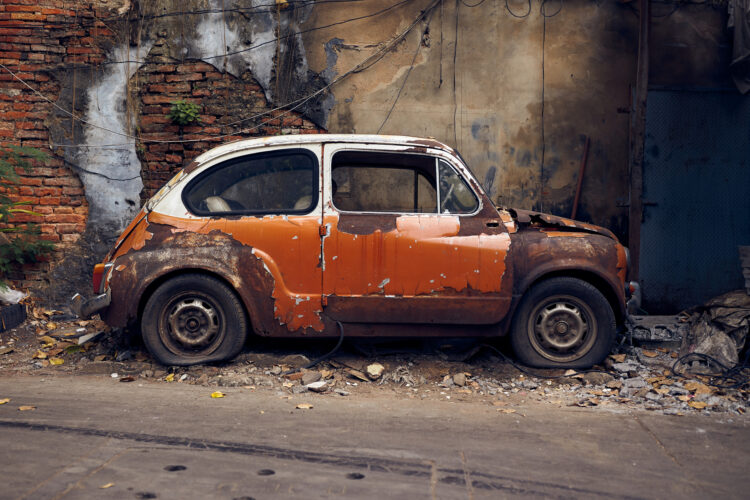
If you think nothing serious can happen to your car if you do not drive it for a long time, you are surely wrong. Cars are a good investment, and you need to keep it running to get the best out of it. Here are 15 things that can happen to your car if you do not drive it for a long time.
Battery Drain
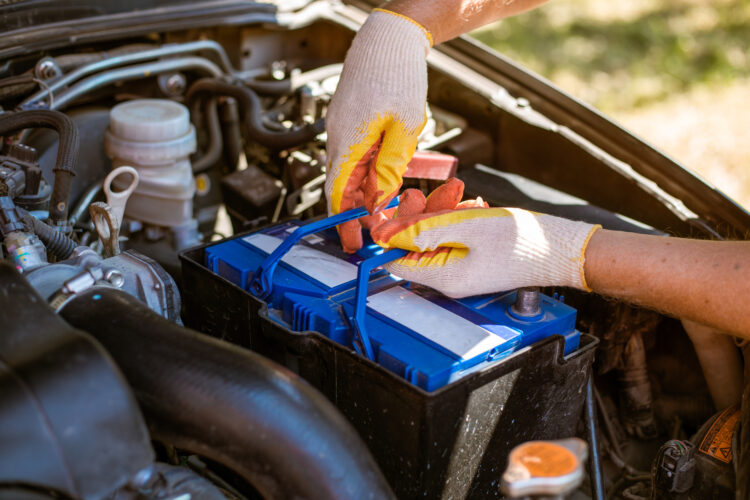
You may be unaware of this, but a car that has been parked uses the battery to maintain the clock, security system, and various other electrical items. As a result, the battery dies out completely, and you will not be able to start the car eventually. The battery’s capacity to carry a charge deteriorates with time, and it almost always needs a car battery replacement.
Flat Spots on Tires
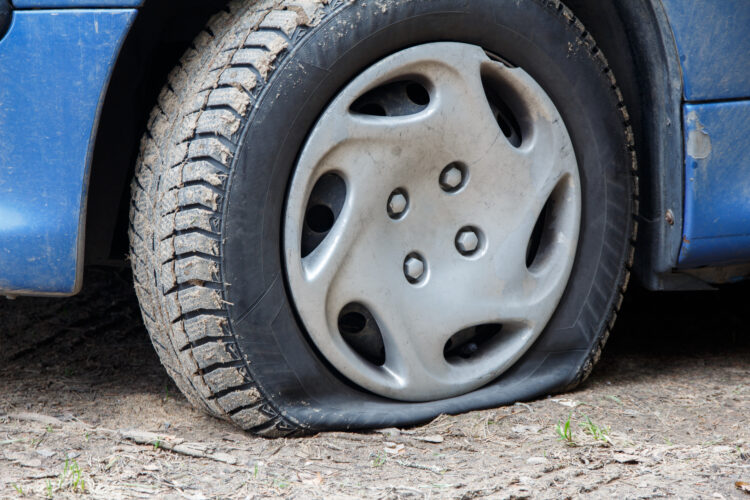
If your car has been parked in one spot for a really long time and has not been moved, the weight of the car will compress the tires. Over time, this consistent pressure can flatten out the part of the tire that makes contact with the ground, and that results in the formation of a flat spot leading to tire damage.
Brake Rotor Rust
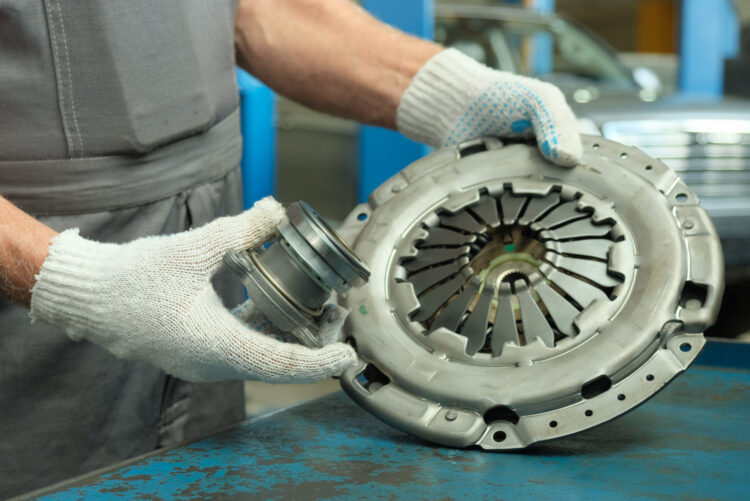
When your car is not in use, the rotors are exposed to water and air, which can cause rust, particularly during humid conditions. When you first use the brakes, you may hear a grinding sound and feel a vibration in the brake pedal. Regular driving and use will keep your rotors free of rust.
Fuel Degradation
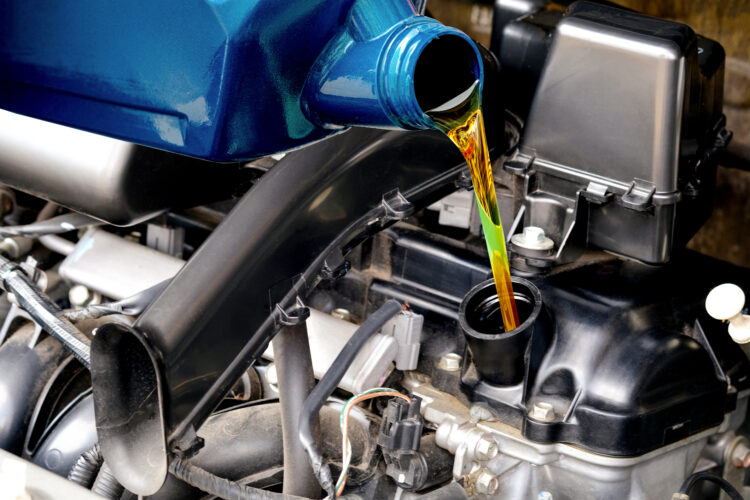
Fuel can degrade and become ineffective with time. It can cause problems like engine malfunction and poor fuel efficiency. Ethanol-blended fuel can also bring in moisture, which will progressively damage the fuel tank. However, if you use fuel stabilizers and drive the car regularly, it can help avoid deterioration.
Engine Oil Deterioration

Engine oil lubricates and protects the moving parts of the car engine. Due to its continual exposure to oxygen and heat, it becomes less effective over time. When it loses its lubrication abilities, your engine becomes more prone to wear and overheating. Regular oil changes and driving the car occasionally can lower the risk of engine damage.
Seals and Gaskets Drying Out
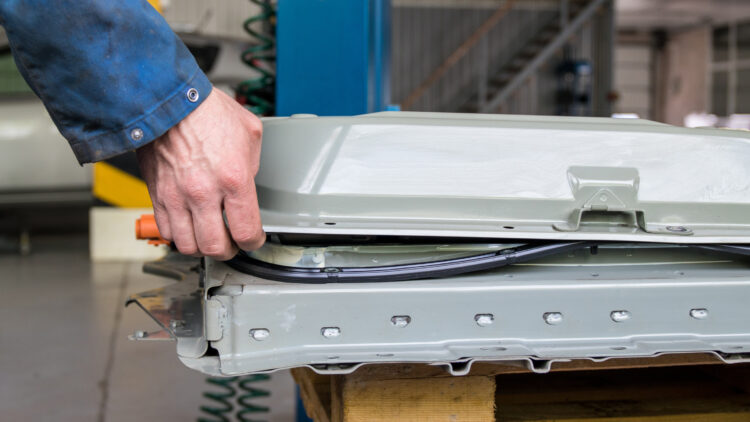
If your car is not used regularly, then the rubber seals and gaskets in the engine and other systems can dry out and crack. They can then leak oil, coolant, and other fluids that can cause damage to your car. Using your car regularly keeps these seals and gaskets supple and avoids leakage.
Rodent Infestation
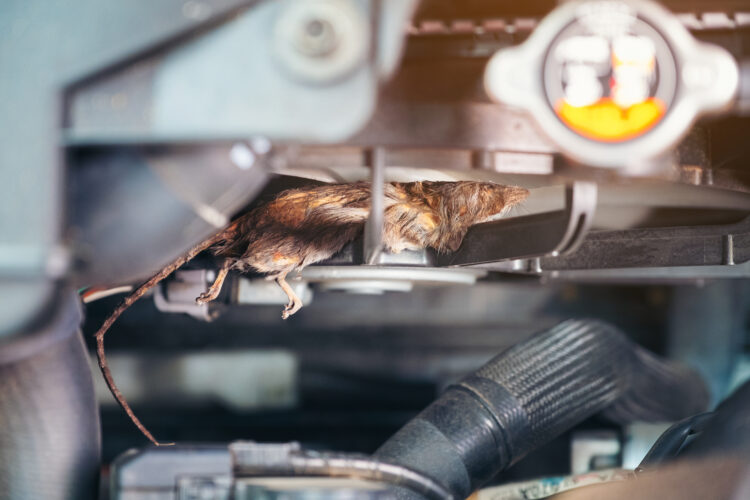
Rodents, such as mice and rats, can nest inside a parked car, especially in the colder months. They chew the vehicle’s wires, insulation, and other parts, causing electrical issues and resulting in costly repairs and replacements. Regular inspections and the use of repellents can help you prevent this situation.
Transmission Problems
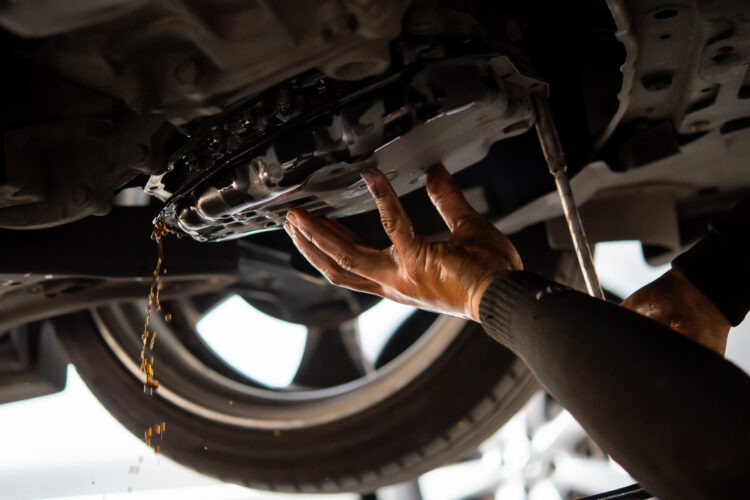
When your car stays idle for a long time, the transmission fluid degrades, or the seals wear out, making gear shifting rough and performance sluggish. The fluid thickens and becomes dirty with time, making it difficult to properly flow, cool, and lubricate parts of the transmission. This can cause overheating and lead to breakdowns, which are expensive to repair.
Brake Caliper Degradation
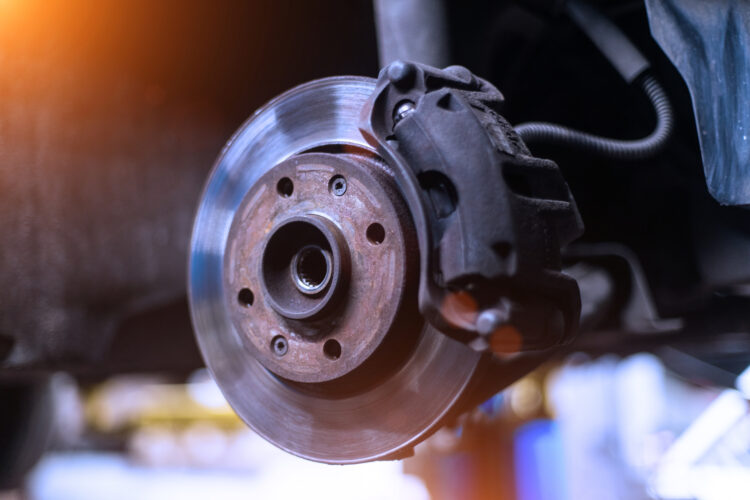
If you do not use the brake pads regularly, the brake calipers can degrade due to rust and corrosion that forms on the moving parts. You can face issues like loss of braking efficiency or a brake that sticks, which results in brake pads and rotors wearing faster. Keep your brake calipers in motion by frequently driving your car.
Air Conditioning System Issues
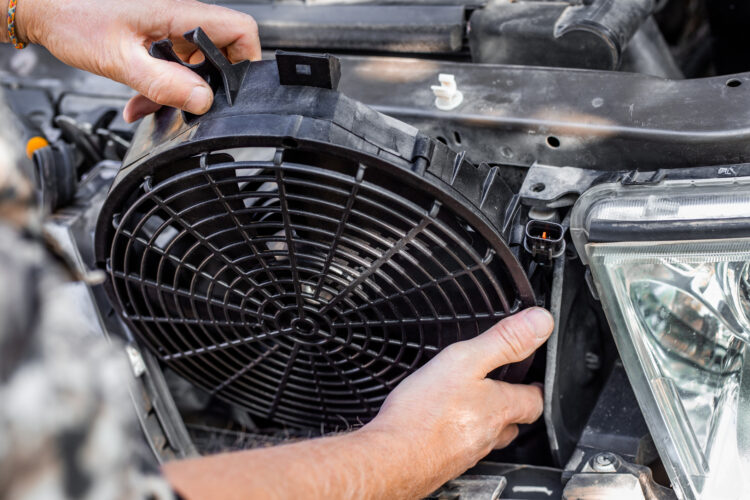
If the air conditioning system is not being used, the seals can dry out and crack, which allows the refrigerant to escape. You should check the seals at all times to see if they are damaged. To keep the seals moist, switch on the air conditioning system for a few minutes each week.
Deterioration of Car Interior
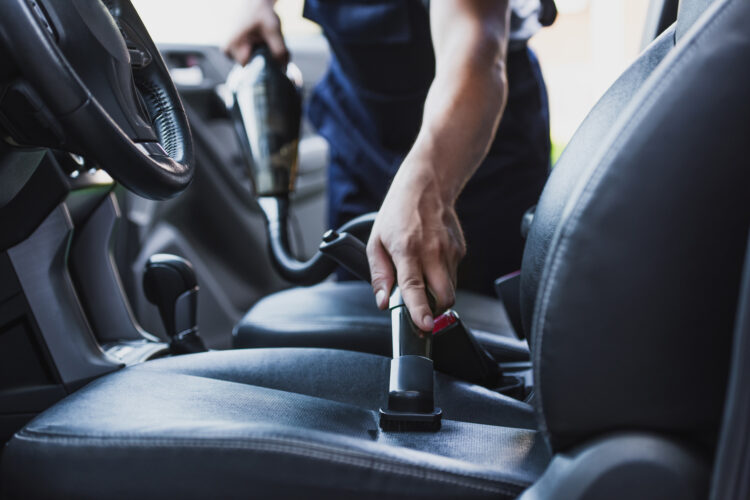
The car should not be left unused for a long time as the materials inside, such as the dashboard, seats, and carpets, will begin to break down. The dashboard can fade and crack if sunlight passes through the windows, while moisture and inadequate air circulation could also cause mold and mildew to develop on the seats and carpet.
Paint Damage
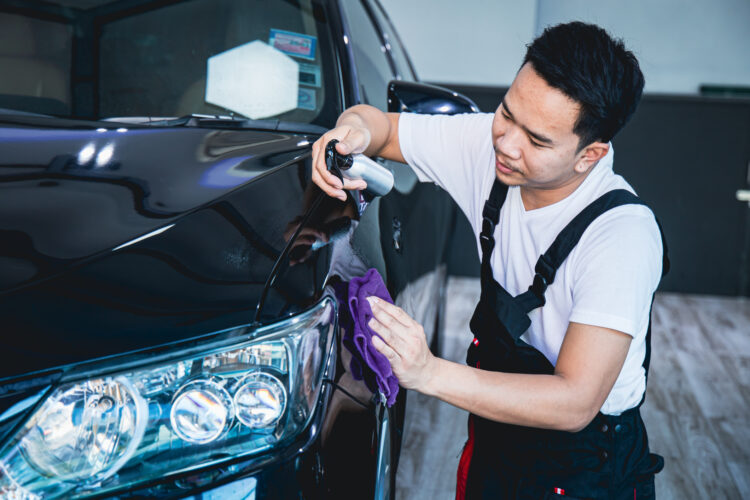
If a vehicle is exposed to sunlight, rain, or other weather conditions for a very long time, its paint can fade, crack, or peel. To maintain your car’s appearance, it is a good idea to wash and wax it regularly. You can also install a car cover and park your vehicle when not in use in a garage to avoid paint damage.
Suspension Component Deterioration
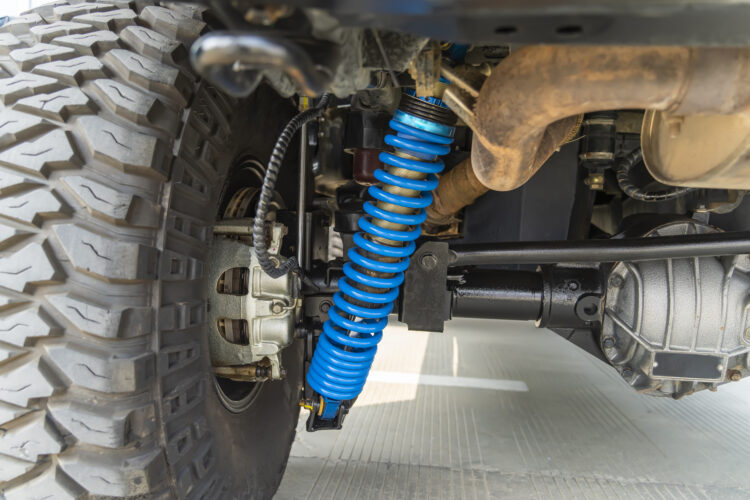
When your car is not in use, the rubber parts of the suspension system can deteriorate. They become more rigid, crack, and lose elasticity, which leads to a decrease in smoothness. In this case, the car does not dampen bumps and potholes well. Moreover, the car becomes less responsive during cornering, and handling becomes tougher.
Exhaust System Damage
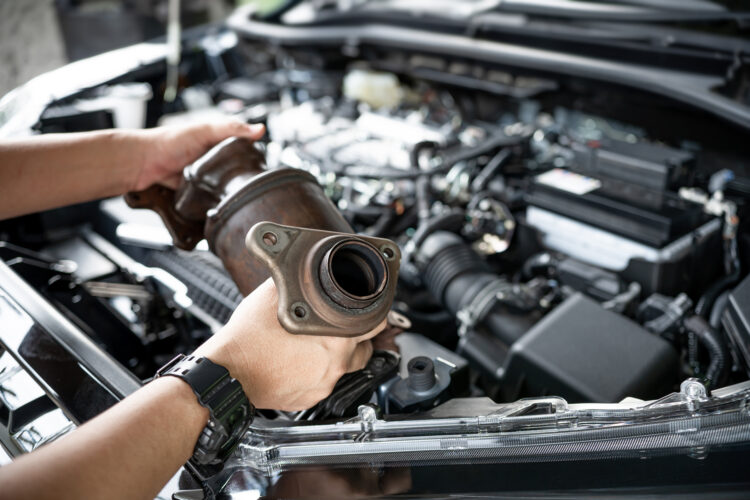
Rust and corrosion can easily occur when moisture is present in the exhaust system. The corrosion leads to leaks and may impact the exhaust’s performance. Regular driving helps get rid of the moisture in the exhaust system. Ensuring that the exhaust system is clean and free from unwanted materials can enhance longevity and performance.
Wiper Damage
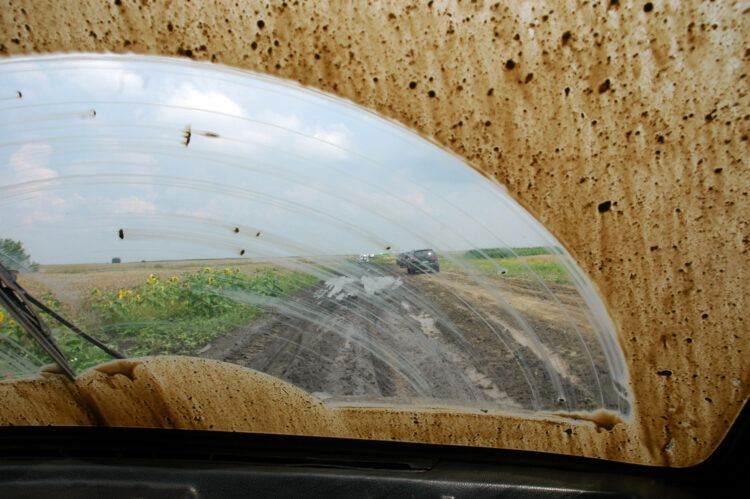
When a car is left standing for a long time without using the wipers, the blades lose their softness. The rubber starts to dry up, resulting in cracks. When you do use them, they might not make full contact with the windshield, leaving streaks or not clearing the water effectively.

Comments
Loading…